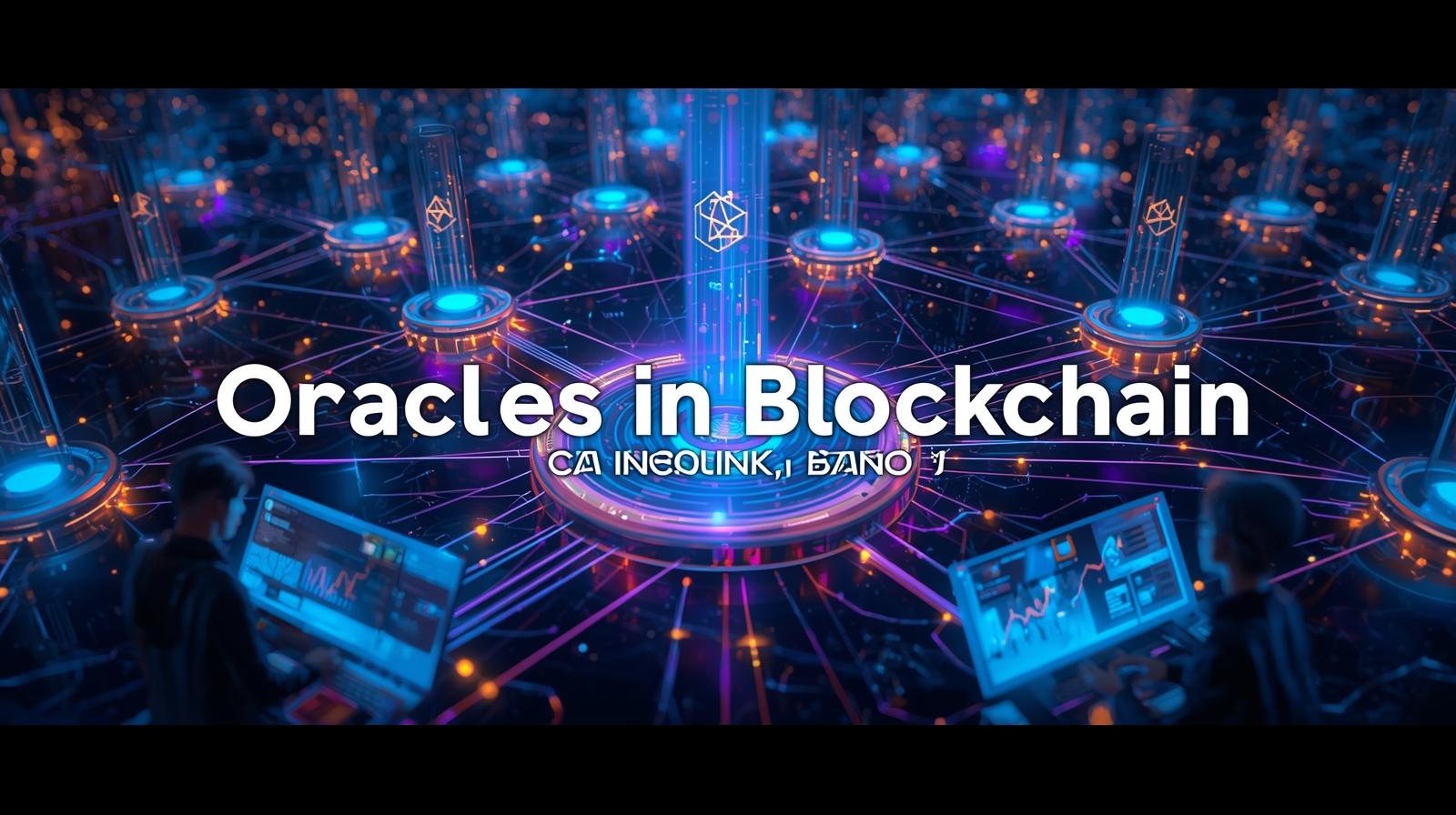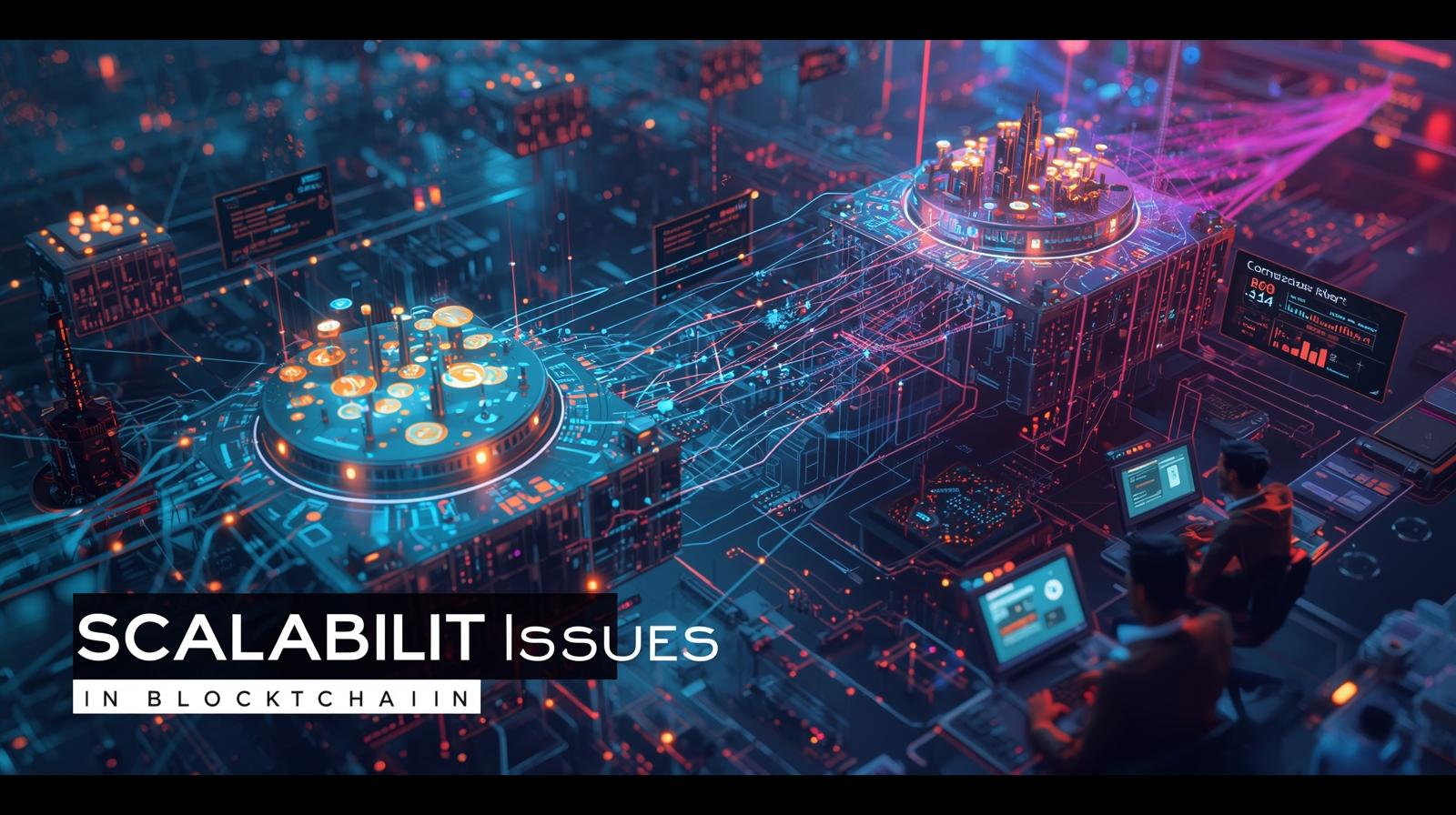The blockchain ecosystem is evolving at lightning speed, and terms like Layer 1 and Layer 2 are becoming increasingly common. If you’ve ever wondered what distinguishes these layers and why they matter, this guide will break it down clearly.
What is a Layer 1 Blockchain?
A Layer 1 blockchain refers to the base or main blockchain architecture. It is the foundational network upon which all decentralized applications (dApps) and smart contracts operate. Examples of Layer 1 blockchains include Bitcoin, Ethereum, Solana, and Avalanche.
Key Features of Layer 1:
- Native Security: Layer 1 chains handle consensus, validation, and data security at the base level.
- Direct Transactions: All transactions occur directly on the main chain.
- Decentralization: Strong decentralization ensures security but can lead to slower transaction speeds and higher fees when traffic increases.
Pros of Layer 1:
- Highly secure
- Fully decentralized
- Supports native tokens
Cons of Layer 1:
- Limited scalability
- Higher gas/transaction fees during congestion
- Slower transaction speeds
What is a Layer 2 Blockchain?
A Layer 2 blockchain is a secondary framework built on top of a Layer 1 chain. Its purpose is to improve scalability, reduce transaction fees, and increase transaction speeds without compromising the security of the underlying Layer 1 blockchain.
Popular Layer 2 solutions include Polygon, Arbitrum, Optimism, and Lightning Network (for Bitcoin).
Key Features of Layer 2:
- Off-Chain Processing: Most transactions are processed off the main chain, reducing congestion.
- Faster Transactions: By handling multiple transactions off-chain, Layer 2 can settle faster.
- Lower Fees: Less load on Layer 1 means cheaper transactions for users.
Pros of Layer 2:
- Scalability improvements
- Lower transaction costs
- Faster transaction throughput
Cons of Layer 2:
- Relies on the security of Layer 1
- Slightly more complex for developers and users
- Some solutions may be semi-centralized
Layer 1 vs Layer 2: Key Differences
| Feature | Layer 1 | Layer 2 |
| Definition | Base blockchain | Secondary protocol on top of Layer 1 |
| Transaction Speed | Slower | Faster |
| Fees | Higher | Lower |
| Security | Directly on main chain | Inherits Layer 1 security |
| Scalability | Limited | Highly scalable |
Why Both Layers Are Important
Layer 1 and Layer 2 are complementary, not competitive. Layer 1 provides the security and decentralization backbone, while Layer 2 ensures that networks can handle mass adoption and high transaction volumes efficiently.
For instance, Ethereum (Layer 1) often experiences high gas fees, but Layer 2 solutions like Optimism and Polygon allow developers and users to conduct transactions faster and cheaper, making Ethereum more practical for everyday use.
Conclusion
Understanding the difference between Layer 1 and Layer 2 blockchains is crucial for anyone navigating the crypto space. Layer 1 offers security and decentralization, while Layer 2 delivers scalability and efficiency. Together, they form the backbone of a more robust and user-friendly blockchain ecosystem.
Whether you’re a developer, investor, or blockchain enthusiast, knowing how these layers interact can help you make informed decisions in the crypto world.



